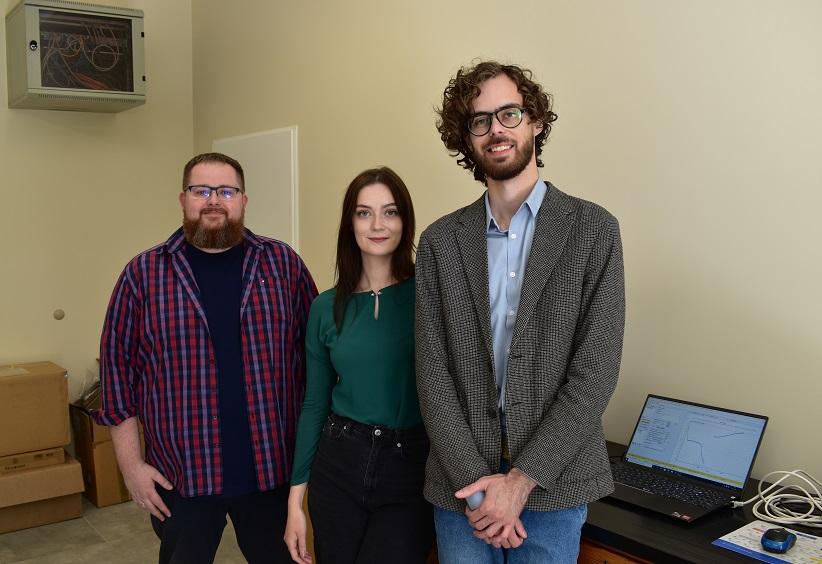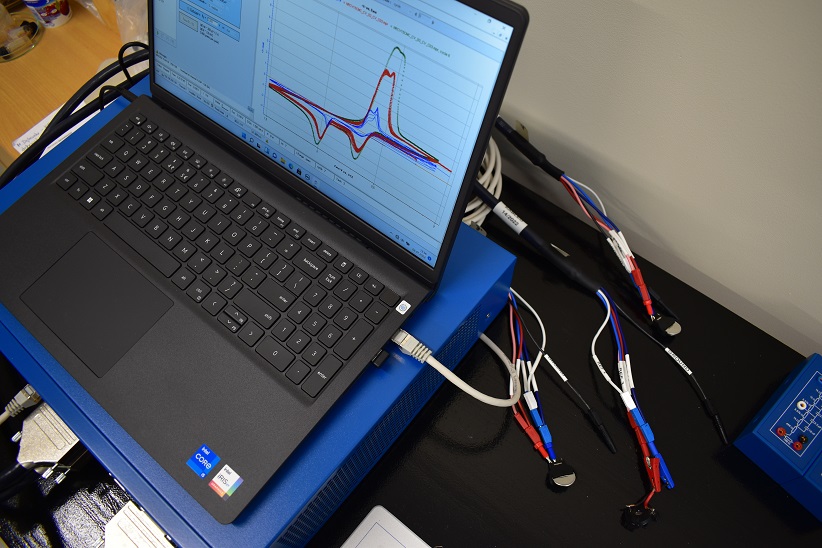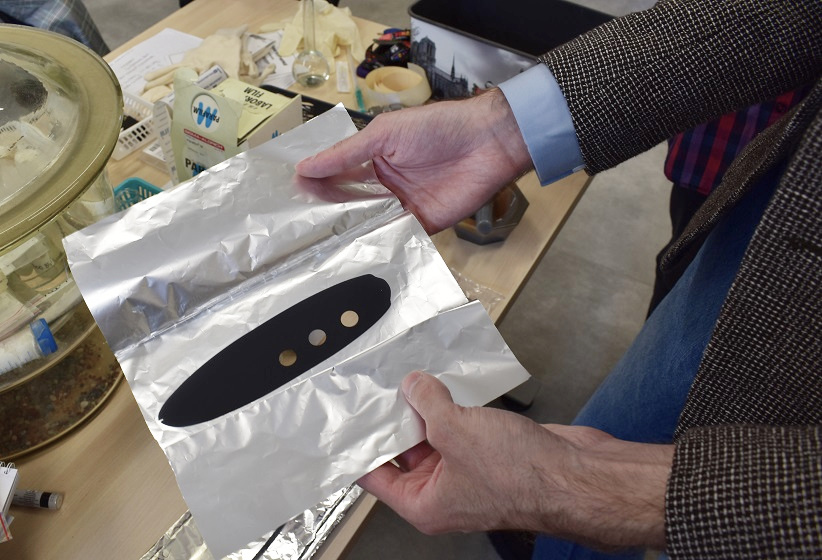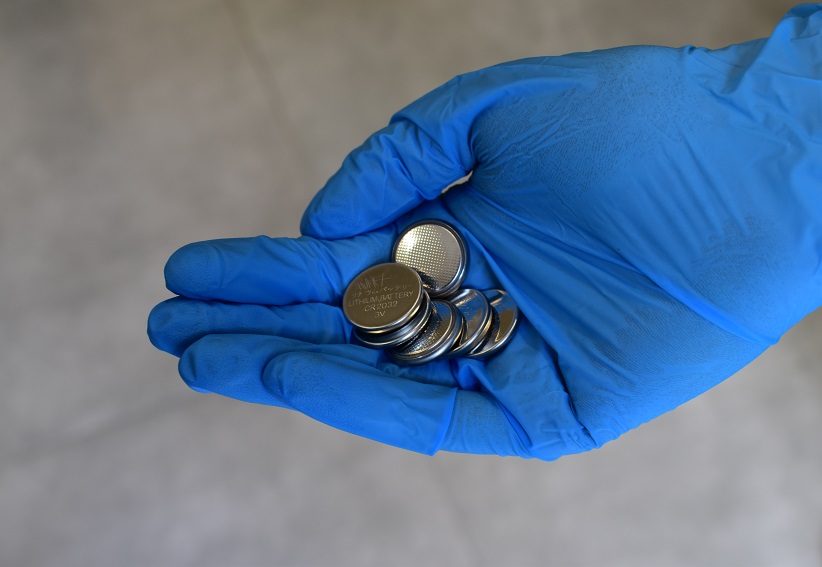New technological solutions for electromobility
A team of researchers from the Faculty of Chemistry at the Warsaw University of Technology developed composite materials which will facilitate the creation of a new generation lithium-sulfur cell. The research was financed under the IDUB research grant.
Difficulties resulting from resource deficits have posed a threat to the development of electromobility based on currently applied lithium-ion batteries. Research on developing a new technology which will allow us to solve this problem and obtain better parameters of battery work has become a priority for the European Union and a key area of activity for POB Energy Conversion and Storage.
“We are constantly working on new cell technologies which will allow us to obtain higher volumes than lithium-ion cells,” says Maciej Marczewski, DSc, from the Faculty of Chemistry at WUT, head of the project. “Even now we can see a rapid development of sodium-ion, magnesium-ion, lithium-air, and lithium-sulfur cells,” he adds.
New technology
Each cell consists of three main components: anode, cathode, and electrolyte. Lithium-ion cells have an anode of graphite, cathodes of various non-organic compounds, and electrolytes based on organic solvents. In lithium-sulfur cells, scientists are replacing graphite with metallic lithium or, as in the case of this project, they are developing new anode materials.
“A cathode contains sulfur mixed with carbon, and more precisely, sulfur immobilised in carbon material. This way, we replaced materials which are expensive and difficult to obtain with cheap sulfur. Moreover, this technology allows us to obtain better usage parameters for the entire cell,” says Dr Marczewski.
Challenges
As with every new technology, scientists had to confront some difficulties.
“Problems occur at every stage but the reward at the end is worth taking up the challenge,” says Dr Marczewski. “For the cathode material, the problem is about bonding, which is the immobilization of sulfur. To put it simply, one can say that as a result of electrode reactions occurring in the cathode, the active material, which is sulfur, changes its state and transitions into lithium sulfide. If the cathode material is poorly constructed, sulfur may be released during subsequent discharge/charge cycles, which leads to a loss of active material and killing of the cell,” explains the scientist.
Reaserch grant
Scientists from the Warsaw University of Technology admit that they were motivated to begin work on the new technology by the competition for ENERGYTECH-1 research grants.
“We wanted to increase our team’s competencies by new cells. So far, we have been mainly focused on lithium-ion technology. However, we have also worked on other technologies utilizing such metals as magnesium and sodium. We wanted to begin something new,” says Dr Marczewski.
Scientists decided to use well-known ideas which worked for the lithium-ion technology and translate them into the technology of lithium-sulfur cells. They have succeeded and are creating the material and carrying out the first charge/discharge cycles.
“We are already working on the systems which are typical for lithium-sulfur cells, not for lithium-ion technologies. We are still striving for better parameters and the experiment results are positive,” says Dr Marczewski. “We are going deeper into the subject. We can create a model cell with all components and now we are optimizing its action. Thanks to this project, we have started the production of cathode materials for lithium-sulfur cells,” he adds.
International collaboration
One of the grant outcomes is an international collaboration with Prof. Patrik Johansson from Chalmers University of Technology in Sweden, who is considered to be one of the leading scientists dealing with lithium-ion cells, and the collaboration with researchers from Poznan and Norway. WUT scientists have formed an alliance with the latter ones, within which they submitted an international research application and obtained funding to produce cathode materials based on modified graphene oxide for lithium-sulfur cells.
“International collaboration is the foundation for the development of every scientist. Foreign trips do facilitate confrontation with different ideas. They also help you to ‘clear’ your head.” – says Professor Marcinek.
-
Project “Formation and characterization of the composite anode materials obtained the MPCVD technique for use in lithium-sulphur batteries” was financed under the research grant POB Energy Conversion and Storage within the “Excellence Initiative – Research University” programme implemented at the Warsaw University of Technology.
Research team:
- Faculty of Chemistry WUT: Maciej Marczewski, DSc; Professor Marek Marcinek, PhD, DSc; Maciej Smoliński, MSc; Katarzyna Chrzanowska, MSc; Aleksandra Ossowska, BSc.
- Faculty of Physics WUT: Wojciech Wróbel, PhD, DSc, associate professor; Marcin Małys, DSc.
- Chalmers University of Technology: Prof. Patrik Johansson





